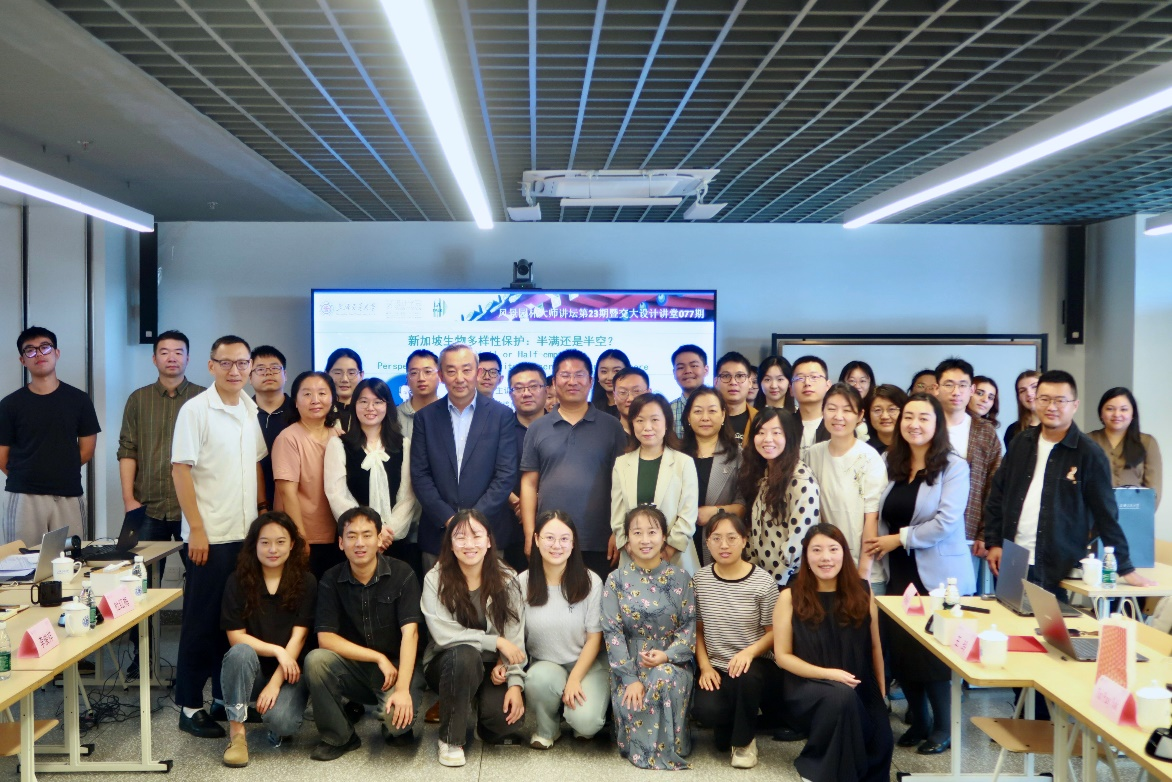Review: Landscape Architecture Master Class No. 22 | Prof. Tan Puay Yok: Biodiversity Conservation in Singapore: Half-Full or Half-Empty?
On October 14, 2024, the 22nd Landscape Architecture Masters' Forum was successfully held at Shanghai Jiao Tong University with integrated online and offline sessions. Co-organized by the School of Design of SJTU and the Shanghai Landscape Architecture Society, the forum invited Prof. Tan Puay Yok of the National University of Singapore University to give an in-depth report on the topic of Biodiversity Conservation in Singapore. The event was hosted by Prof. Chen Ruishan, Speeches were delivered by Vice Dean of the School of Design, SJTU, and Mr. Zhu Xiangming, National Engineering Survey and Design Master and Chairman of the Shanghai Landscape Architecture Society. Associate Professor Zhang Liqing from the Department of Landscape Architecture, School of Design, SJTU was the co-host. More than 40 teachers and students participated in the event, including Prof. Che Shengquan of the Department of Landscape Architecture, School of Design, Jiao Tong University, Associate Prof. Wang Ling, Chair of the Department, Associate Prof. Yu Bingqin and Associate Prof. Mo Fei. At the same time, teachers and students from Peking University, Beijing Forestry University, Shandong University, Chinese Academy of Sciences and many other institutions of higher learning and industry colleagues participated online.
Tan Puay Yok is a Professor and cluster leader of the Landscape Studies group at National University of Singapore. He is jointly appointed by the National Parks Board, Singapore, as the Director of the Singapore Botanic Gardens. The Singapore Botanic Gardens is a leading institute in tropical botany and horticulture. Over its 160-year history it has played a key role in the social, economic and environmental history of Singapore and the region. It is one of only three botanic gardens in the world that is currently inscribed as a UNESCO World Heritage site. Professor Tan is also concurrently the Executive Director and the Chief Science and Technology Officer for the National Parks Board, the national agency responsible for greenery, ecology and conservation matters in Singapore. He is the Co-Editor-in-Chief of Landscape and Urban Planning (Elsevier), the Associate Editor for Journal of Urban Ecology (Oxford University Press), Editorial Board Member of npj Urban Sustainability (Nature Partner Journals), and Advisory Board Member of The Gardens Bulletin (Singapore Botanic Gardens). He combines a background in the sciences, experience in urban governance from the public sector, and interactions with practitioners to apply knowledge for the expansion of urban green areas to improve environmental quality and societal well-being. He is active in international collaborations, grant reviews and publishes widely in different forums. He also consults on green policies and on landscape design and planning projects in the region as a means to transfer knowledge from academia to practice.


The Lecture by Mr. Zhu Xiangming
The lecture was divided into three parts. Prof. Tan Puay Yok gave a detailed introduction on “Half-Full, or Half-Empty?”, “Strategies to Enhance Urban Biodiversity in Singapore” and “Prospects for Urban Biodiversity Conservation and the Role of Landscape Design”. At the end of the lecture, Prof. Tan Puay Yok answered questions from students and faculty both online and offline.

Vice President Chen Ruishan presided over the lecture


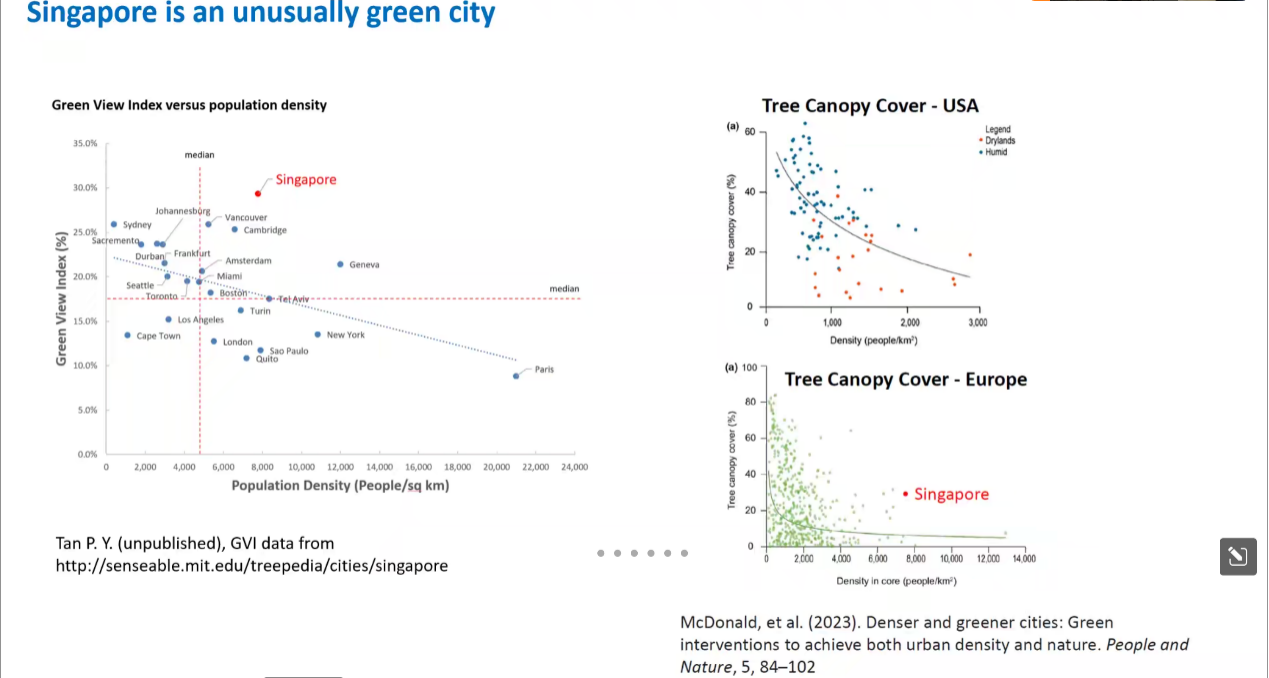
Prof. Tan Puay Yok firstly introduced Singapore's urban profile and development history, pointing out that Singapore is a highly dense city, which has lost more than 99% of its original forests and about 50% of its species have become extinct in the one hundred years since 1819. How should biodiversity conservation in Singapore be accomplished in the face of the challenge of meeting the demands of land use? He emphasized that if a half-empty strategy is adopted and inaction in the face of decreasing vegetation cover, then more biodiversity loss will be faced in the future. Prof. Tan Puay Yok believed that one should try to be positive and optimistic and try to change the situation, which was also the stance taken by Singapore at that time.
Prof. Tan Puay Yok then introduced Singapore's remarkable achievements in biodiversity restoration. A species of otter that had disappeared for 30 years was rediscovered in the mid-1990s, and its distribution has spread from nature reserves to the whole of Singapore. The yellow-crested bulbul, a globally endangered species that is nearly extinct in other countries in Southeast Asia, is increasing in numbers in Singapore. In addition, many new species have been discovered in Singapore.
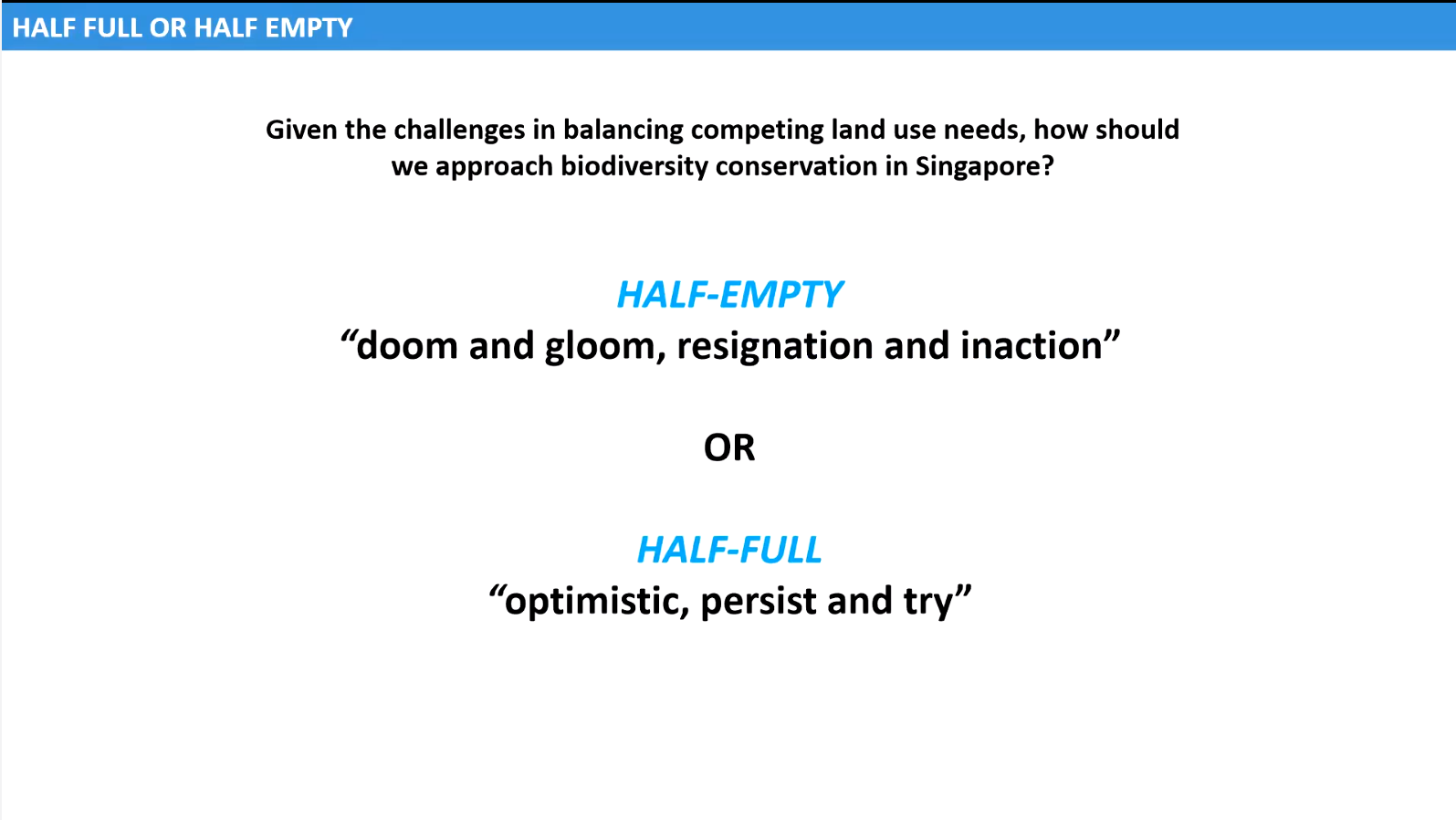
Strategies For Enhancing Urban Biodiversity In Singapore
Prof. Tan Puay Yok mentioned that the first strategy was to build an island-wide ecological network system to enhance ecosystem connectivity and incorporate it into Singapore's island-wide ecological connectivity plan. He also emphasized the importance of protecting and enhancing existing core ecological areas, including increasing the size of buffer zones, increasing the number of nature parks, and improving existing habitats. Prof. Tan Puay Yok also mentioned the importance of optimizing the pattern of the urban landscape to enhance landscape connectivity, such as mimicking the vegetation of local rainforests on both sides of the road to promote the movement of birds and butterflies. He particularly emphasized the key role of roads in urban ecological networks, where diverse road greening patterns become important urban ecological network connectors to maximize the use of space.
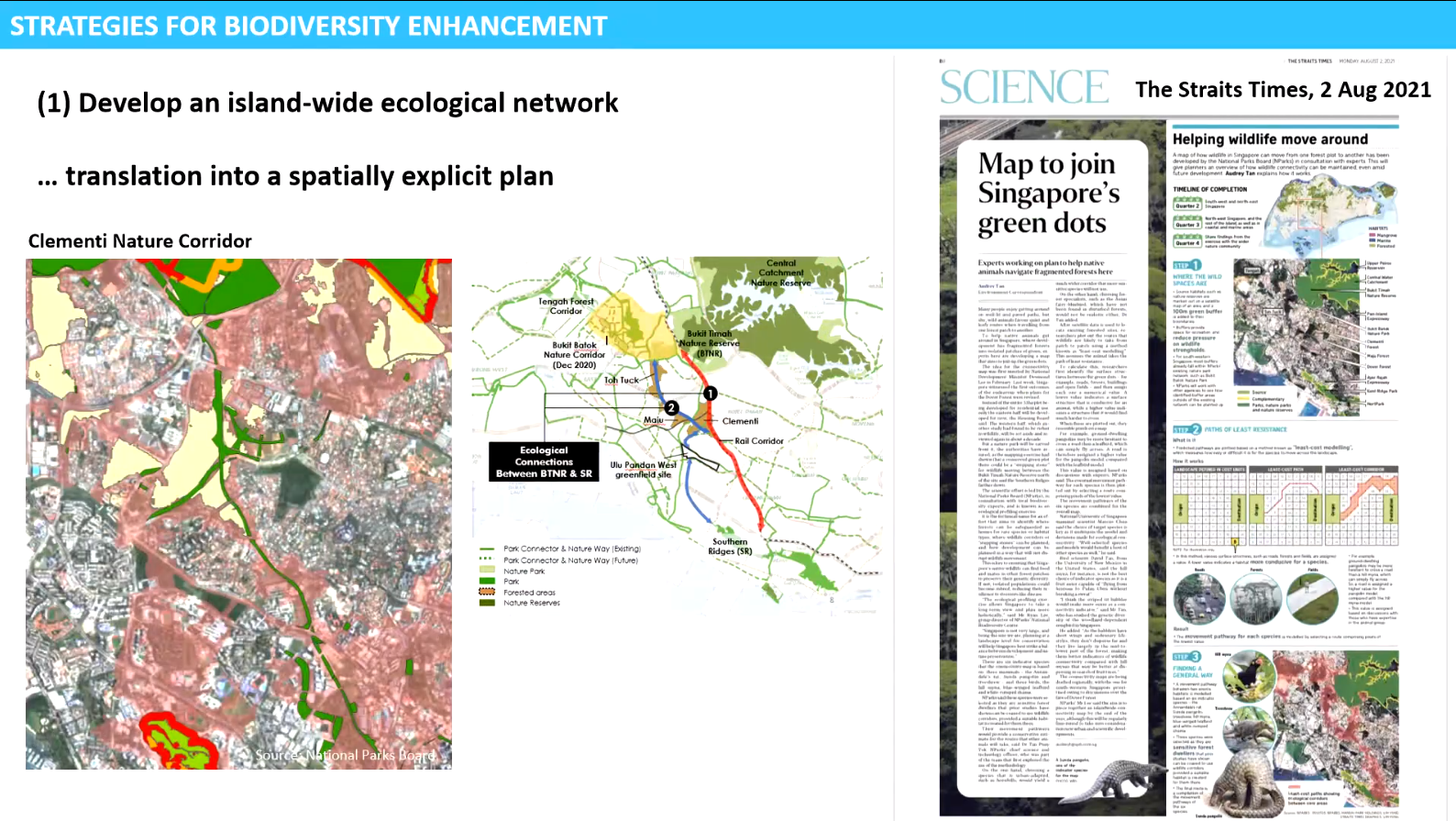


Prospects for Urban Biodiversity Conservation and the Role of Landscape Architecture
In the last part of the lecture, Prof. Tan Puay Yok emphasized the importance of a globalized perspective in biodiversity conservation and pointed out that the monitoring of biodiversity science is crucial for the development of sound strategies. He suggested that biodiversity conservation needs to be elevated to the national level and requires the participation of multiple stakeholders. Urban greening, along with economy, society and energy are important components of national green plans. As landscape design professionals, we can adopt nature-based solutions through different design approaches.
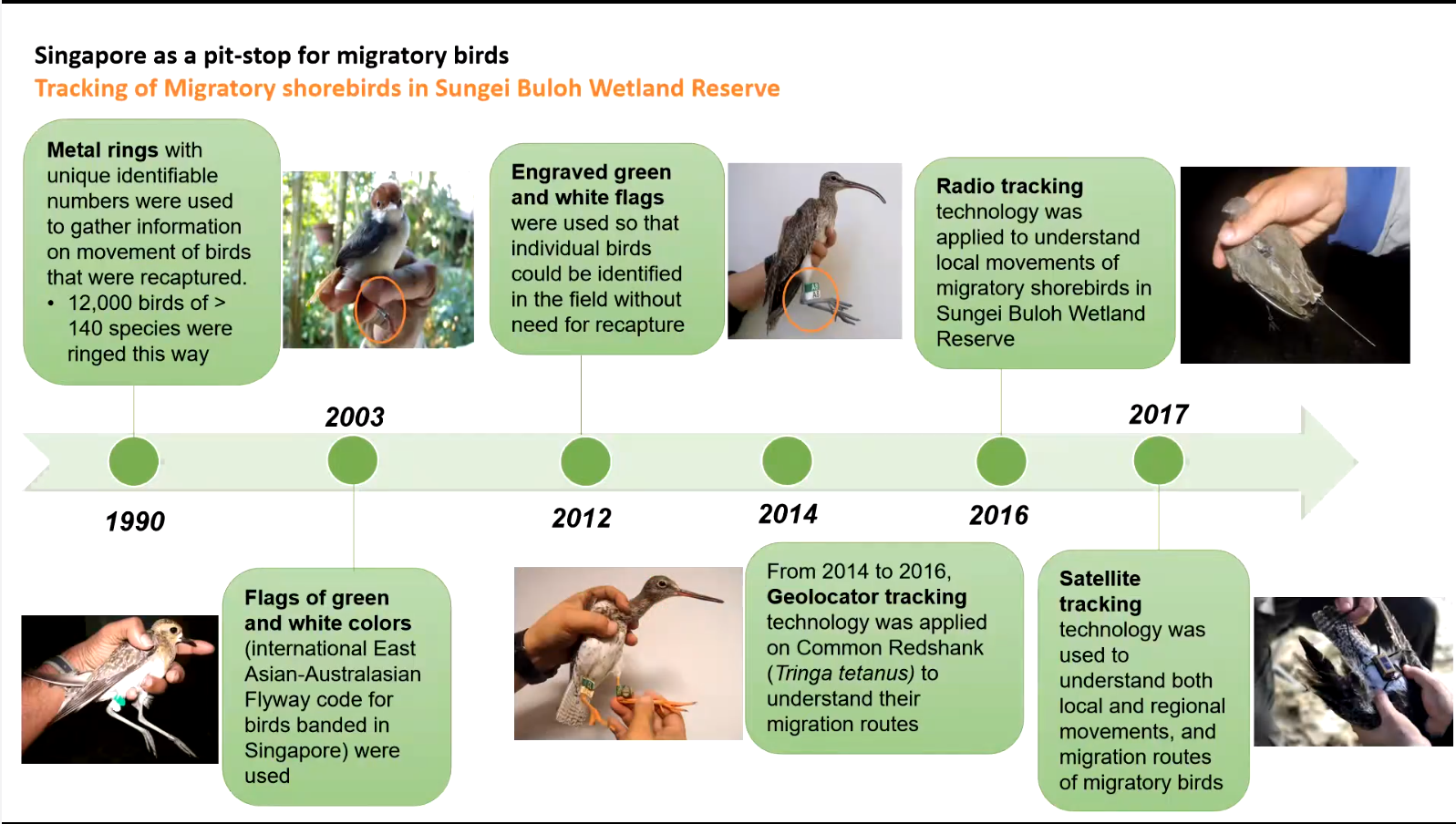


In his conclusion, Prof. Tan noted that Singapore was a city with high green coverage and rich biodiversity. Despite the challenges of biodiversity conservation, there have been notable achievements. These achievements were attributed to the strong resilience of nature, the high level of biodiversity survey tools, the diversity of conservation and environmental enhancement measures, and the long history of urban greening. Singapore has implemented biodiversity conservation strategies at multiple scales, and while there is still uncertainty about the future survival of species, it is more hopeful than it would have been if nothing had been done. Prof. Tan emphasized that improving biodiversity conservation requires active participation and cooperation between scientists, citizens and policy makers, and that as landscape architects we have a greater role to play in urban biodiversity conservation.
